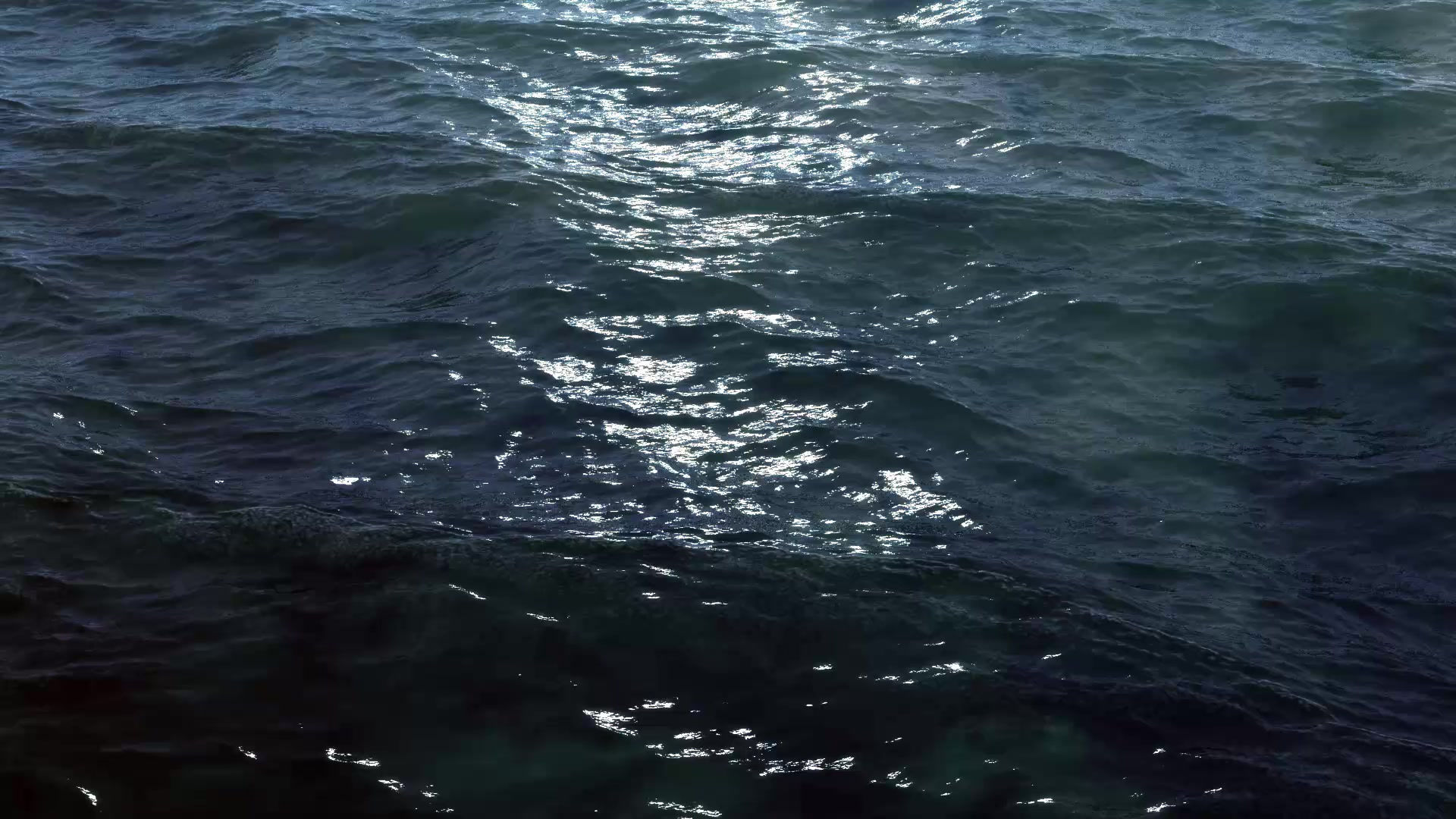
Part III
In polynesian or Samoan culture, funerals are enormous. Prior to the funeral, the family stays with the body in the house or church and sing hymns and mourns. The funerals last for days with each family in the community offering a large gift and condolences. In Samoan culture it is pivotal to visit the grave after proceedings end, even months and years later. A year after the burial they body is taken out of the grave in an unveiling ceremony. Imagining a Samoan burial at Hart Island is difficult. An unveiling someone in a grave of “150 adults” (Kilgannon) would be difficult and unsightly. Limited visiting times would inhibit the grieving process. Non-family members burying loved ones would be seen as disrespectful. Photographs by the grave are crucial in showing that the family has not forgotten those they have lost, these are prohibited on the island. The conditions at Hart Island would not allow for the rituals that Samoans have regarding the deceased and would contradict their beliefs.
This November is my Aunty Di’s unveiling and I am unable to attend. Aunty Di lived with me until I was thirteen and I consider her my second mother. It definitely feels like I am letting down my family and my people because of my inability to go. However, I am grateful for the fact that I was with her in her last days of her life and to have attended her funeral last year. To see her burial and to know where she was headed in both a physical and spiritual sense, gave me a sense of security. If my aunt was buried on Hart Island as it is now, or a place of that sort, I would be unsettled. Families should have access to grieve at the burial place of their dead, the way mine does. Families shouldn’t have to prove their familial relation to have access to their loved-ones. Families have the right to grieve, mourn, celebrate, visit and care for those that have gone.
As much as culture and personal experience impact my beliefs, there is no denying certain truths about Hart island. For starters, many of the people buried there were too poor to be buried elsewhere or do not have a family that could be reached. Simply put, this cemetery is not as well funded as other private ones. As such, there isn’t the same amount of money available to pay for professional gravediggers and other grounds staff. Economically it makes more sense to use prisoners, who can be paid less, to do the job. Adding on, from a moral standpoint, if the prison system is supposed to reform or rehabilitate criminals into becoming better, law-abiding citizens, then prisoners should be allowed to work and lead more normal lives. Criminals are not any less human than those outside the confines of prison walls and shouldn’t be treated as less. Insinuating that it is wrong or disrespectful for them to bury people or have a job lacks faith in the purpose of the justice system and ostracizes prisoners. Taking into consideration the inequality that has plagued Hart Island for nearly two centuries, it would be unjust to impose that on the living too, or the inmates too. The DOC should still have a role in overseeing Hart Island and should continue in providing workers to bury the deceased. Of course there are always things that can be developed or changed but the DOC should have a say in the happenings of the island.